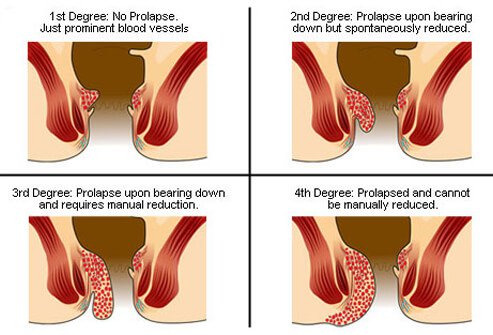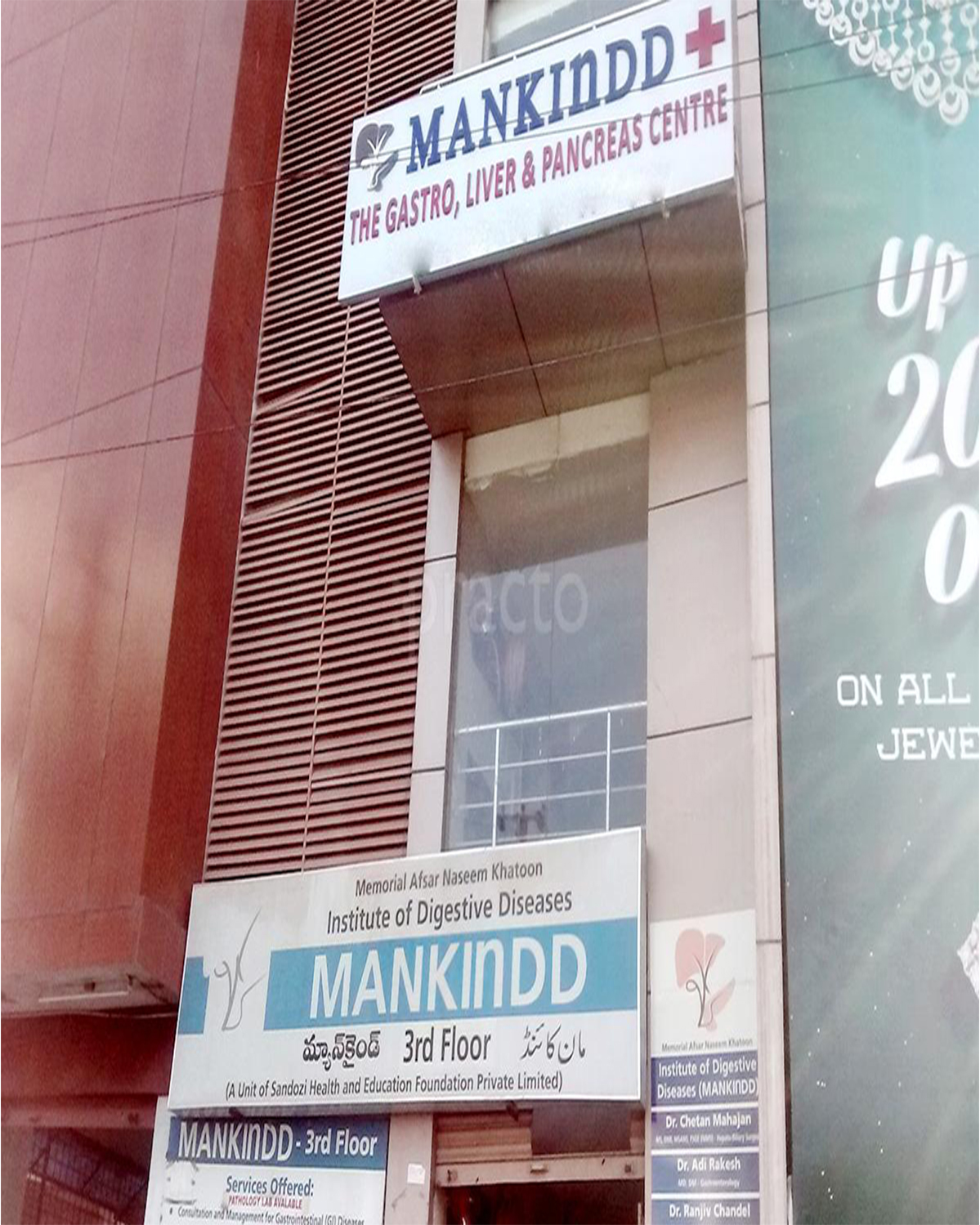When you swallow, food passes down your throat and through your esophagus to your stomach. A muscle called the lower esophageal sphincter controls the opening to your stomach and stays tightly closed except when you swallow food. When it doesn't close, the acid in your stomach can splash back up into your esophagus. This backward movement is called reflux. When it happens, you might feel burning inside, commonly known as heartburn.
Gastroesophageal reflux disease (GERD) is when reflux happens more than twice a week and often enough to affect your daily life or damage your esophagus.
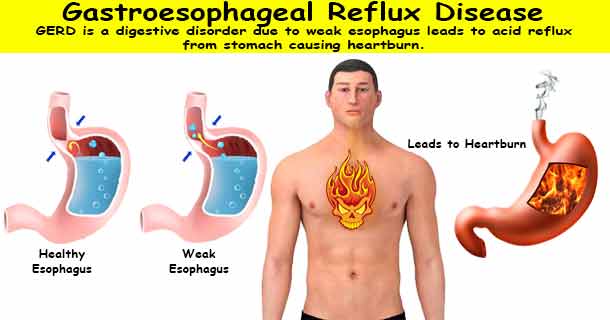
It's a problem that involves both the digestive tract and the immune system. It's also known as celiac sprue or gluten-sensitive enteropathy. When you have celiac disease, eating foods with a form of protein called gluten makes your body attack your small intestine. The damage makes it hard for your body to absorb nutrients, especially fat, calcium, iron, and folate, from food.
The disease usually runs in families. There's no treatment, so people who have it have to stick to a strict, gluten-free diet. Gluten is found in some grains, such as wheat, barley, and rye.
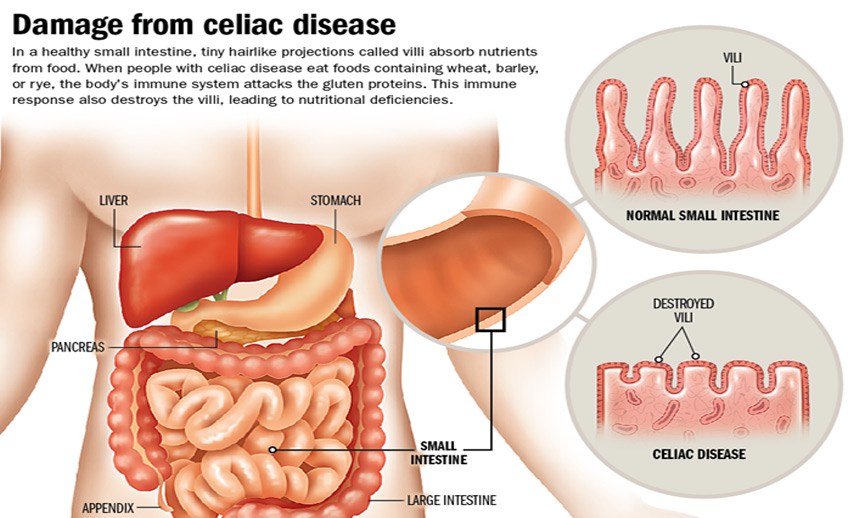
It's a procedure that helps your doctor look inside your digestive system. A flexible, lighted tube with a camera, called an endoscope, goes in your mouth to help her see the inside of your esophagus, stomach, or the first part of the small intestine, or in your bottom to show the inside of your colon or rectum. Doctors use it to help diagnose:
- Belly or chest pain
- Nausea and vomiting
- Heartburn
- Bleeding
- Trouble swallowing
- Ulcers
- Tumors
- Inflammation
- Problems with bowel movements
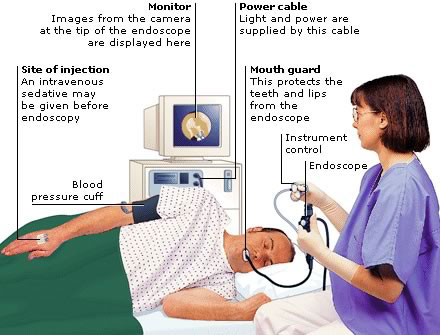
Let yours know if you have any of these symptoms:
- Heartburn that doesn't go away or gets worse, or doesn't get better with medication
- A feeling that food is caught in your chest or throat
- Unusual or lasting belly pain
- Discomfort that keeps you from your usual activities
- Trouble or painful swallowing
- Heartburn that causes vomiting
- Vomiting blood
- Bloody or black stools
- Major weight loss you can't explain
- Hoarseness or a sore throat that doesn't improve
- Choking
- Diarrhea that doesn't go away
- New or lasting constipation
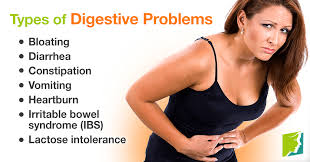
Ulcers are painful sores in the lining of the stomach or the first part of the small intestine. Not all of them have symptoms, but warning signs can include:
- A gnawing or burning pain in the middle or upper stomach between meals or at night
- Bloating
- Heartburn
- Nausea or vomiting
In severe cases, ulcer symptoms can include:
- Dark or black stools (due to bleeding)
- Vomiting
- Weight loss
- Severe pain in the mid to upper belly
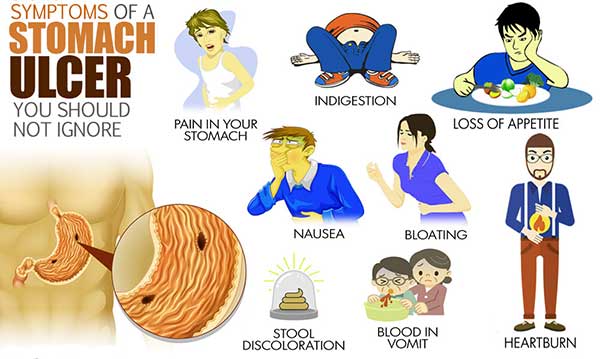
Hepatitis is a virus that inflames the liver. It can be either acute (lasting less than 6 months) or chronic (lasting more than 6 months). There are several viruses that cause it, including hepatitis A, B, and C.
To lower your chances of getting the disease:
- Get the vaccines for hepatitis A and hepatitis B. (Right now there's no vaccine for hepatitis C.)
- Use a latex condom during sex.
- Don't share needles or take illegal drugs.
- Practice good personal hygiene, such as thorough hand-washing.
- Don't use an infected person's personal items, such as razors or toothbrushes.
- Be careful when you get any tattoos or body piercings. Choose licensed shops that clean equipment properly.
- Protect yourself when you travel to areas of the world with poor sanitation. Get your hepatitis A shot before you go.
- If you eat raw sushi, consider getting the hepatitis A vaccine.
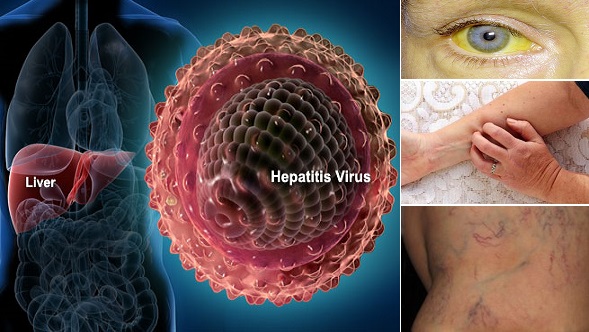
You can keep many digestive problems away with lifestyle changes. Bad habits, such as eating too quickly or skipping meals, can upset your stomach. Be sure to eat slowly and chew thoroughly. You might want to try eating several small meals throughout the day.
A balanced diet can help, too. Unhealthy foods can cause trouble for your digestive system. Eat less processed food and sugar, and more fiber, fruits, and vegetables.
If you're sensitive to certain types of food, such as dairy or gluten, stay away from these items or cut back on them. Talk with a nutritionist before you ban a food from your plate to make sure you still get important nutrients from other sources.
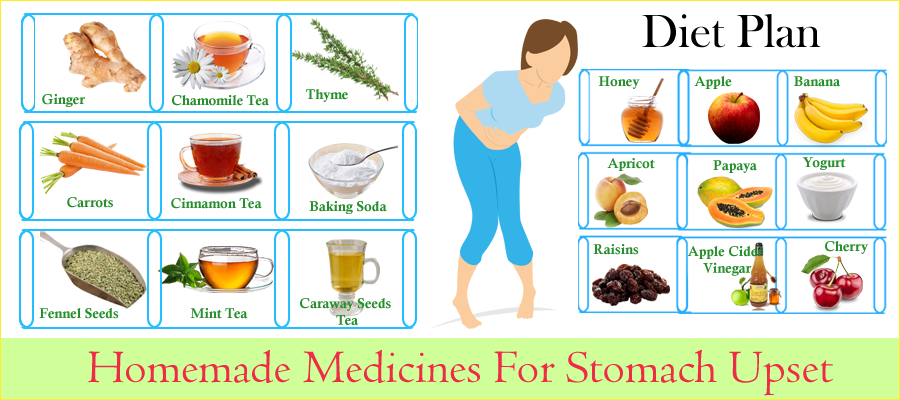
Doctors use this operation, also called fundoplication, to create a better valve at the bottom of the esophagus to protect it from stomach acid. You might get this operation if you've tried taking medications and making lifestyle changes to treat GERD, but they haven't helped.
A surgeon will make several small (usually 5- to 10-millimeter) cuts in your belly. Then she'll use a thin, lighted tube, called a laparoscope, to look inside the cuts at your organs. The scope sends a picture of your insides to a monitor, which guides the surgeon during the operation.
Laparoscopic antireflux surgery is best for people who haven't had surgery on their belly before, those who've had their stomach push through their diaphragm (called hiatal hernias) and those who have most of their reflux symptoms when they're lying down.
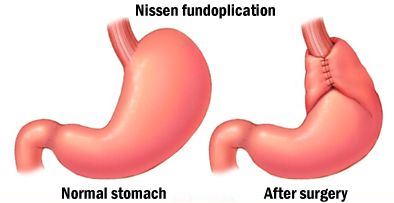
Hemorrhoids are groups of swollen and inflamed veins in the tissue inside your bottom, specifically the anus and lower rectum. These blood vessels can burst and cause bleeding. You might see blood on toilet paper or in the toilet, and feel pain or itching. It might happen if you strain during a bowel movement. The best way to prevent hemorrhoids is to keep your stools soft so you can pass them easily without straining. Eat a high-fiber diet and drink plenty of fluids each day.
It's a good idea to let your doctor know if you have bleeding from your bottom or blood in your stools. These can be a symptoms of colon cancer, or polyps that could become cancer. Your doctor may want to use a lighted tube to check inside your rectum (called an anoscopy), your lower colon (sigmoidoscopy), or your entire colon (colonoscopy).
